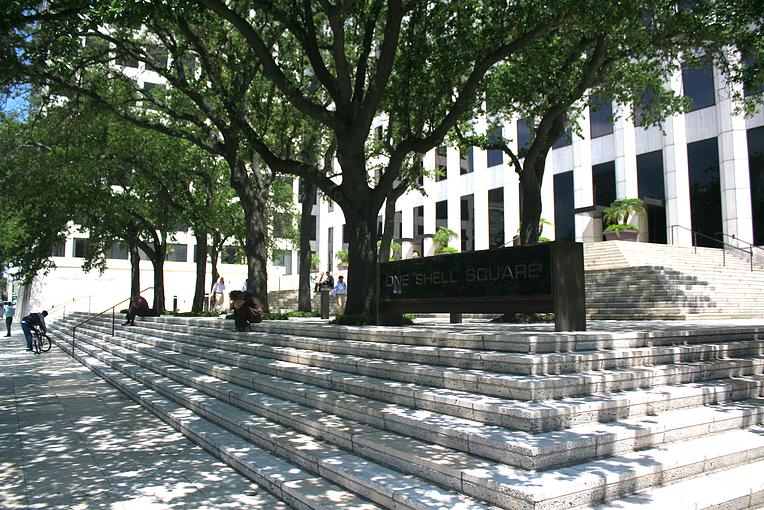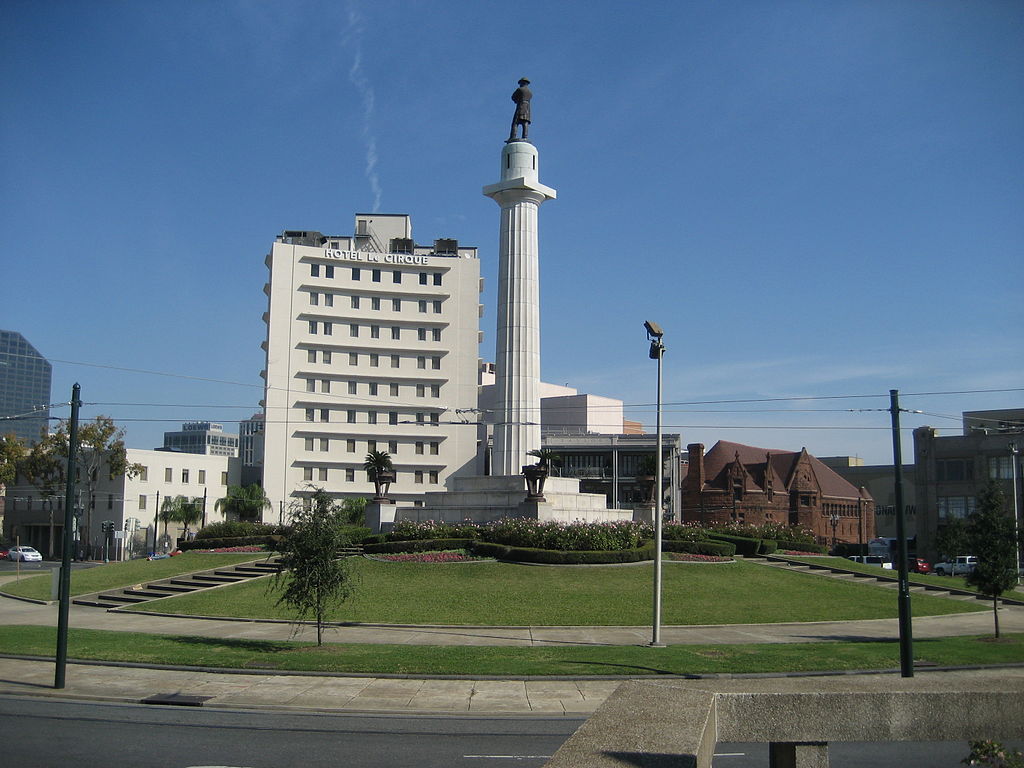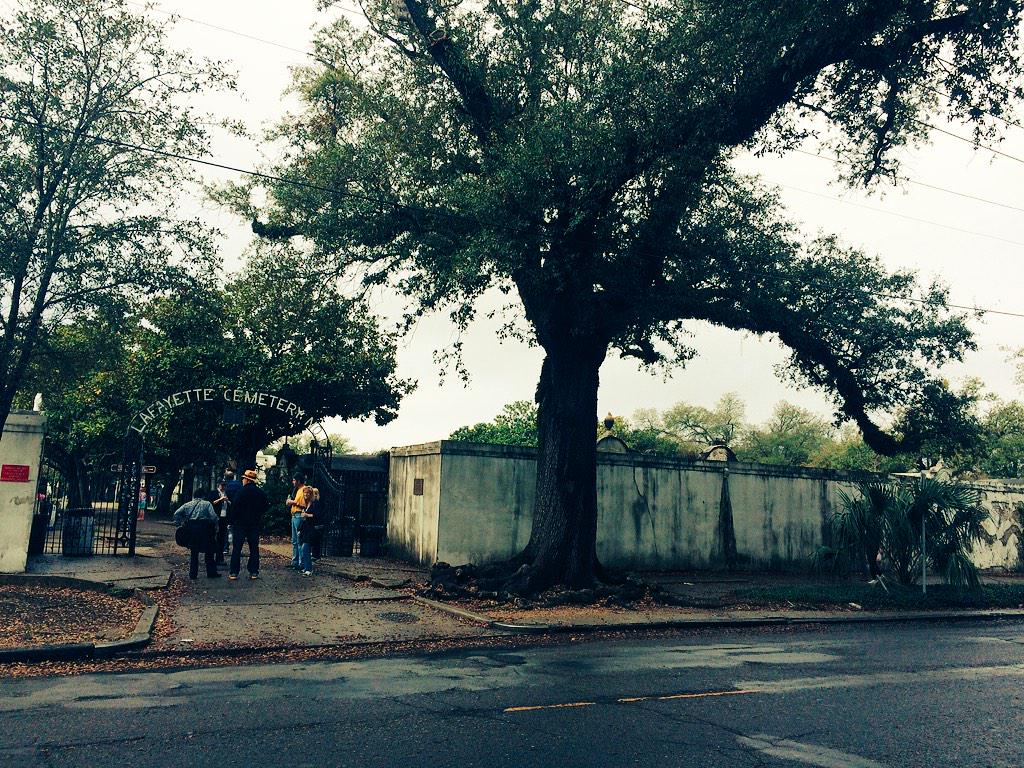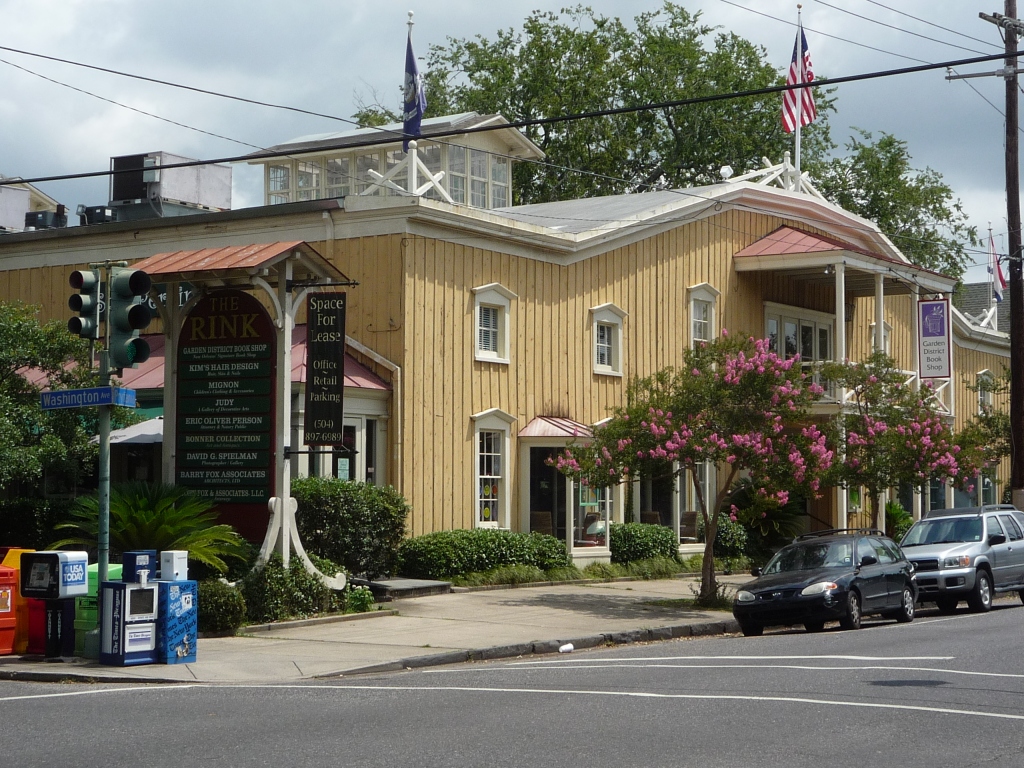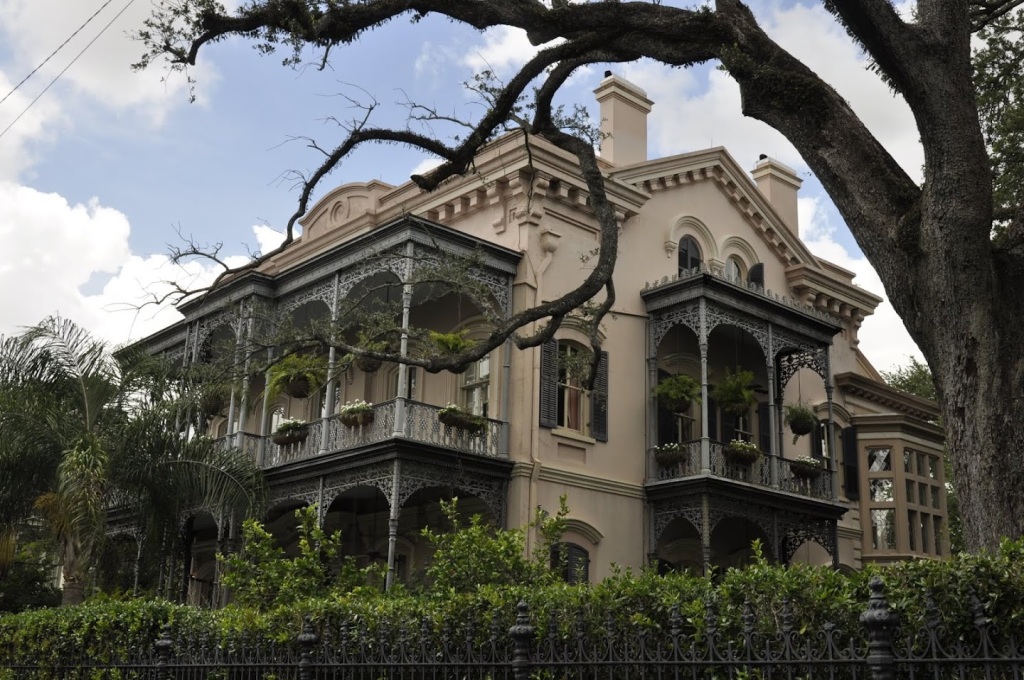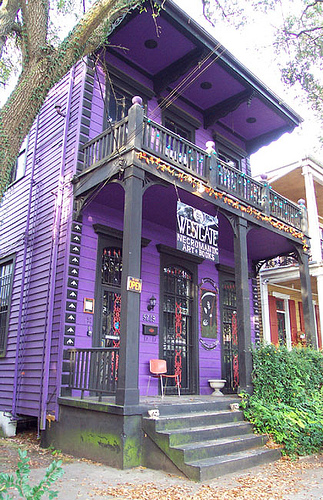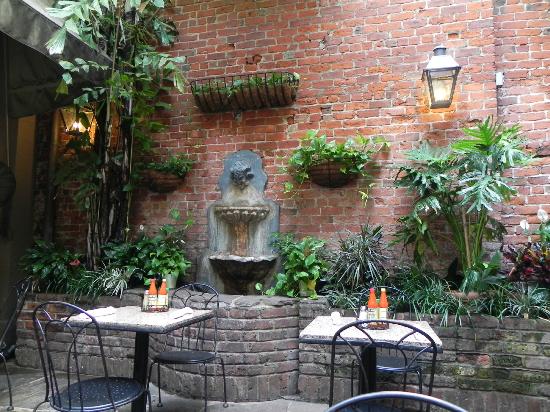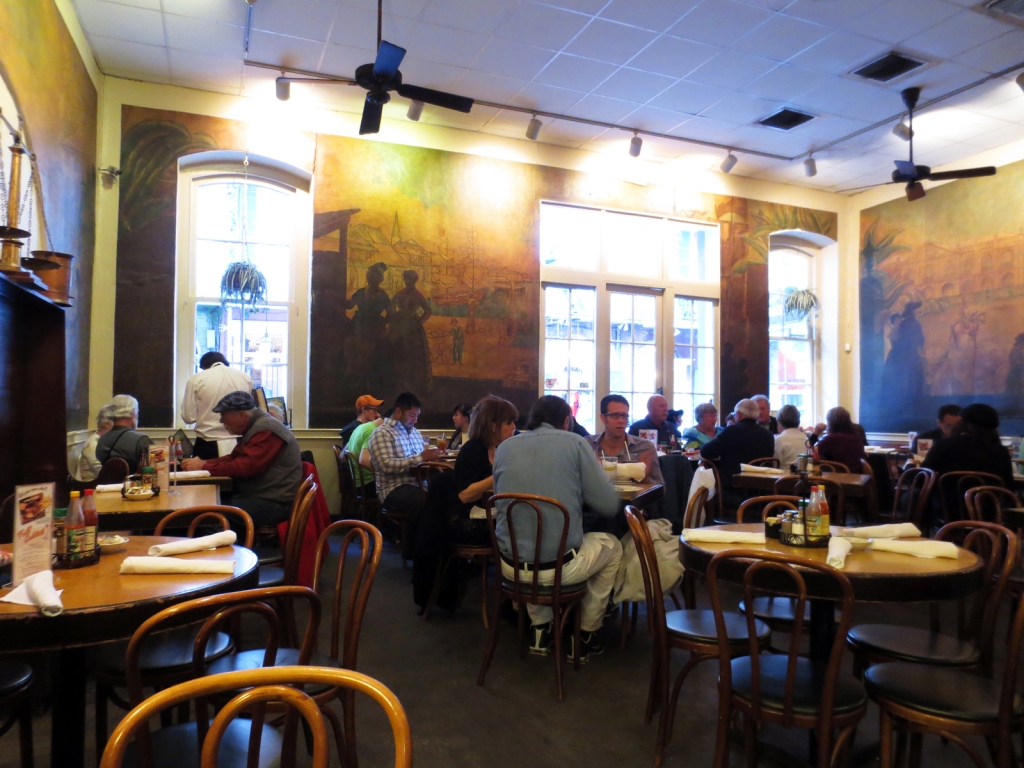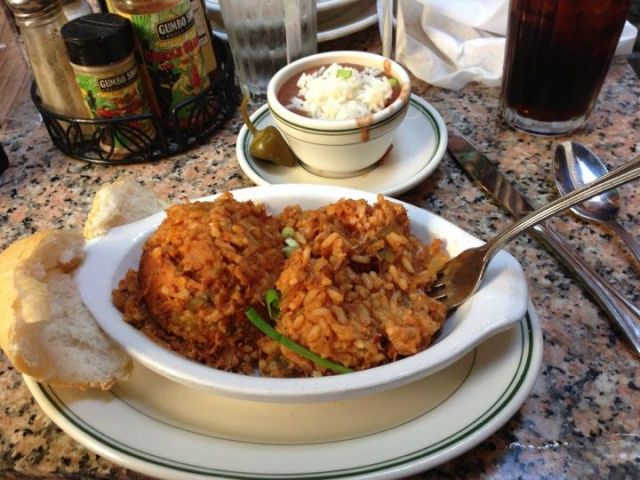(New to this blog series? Read New Orleans. Part One.)
This third installment is dedicated to Ann Trufant and her family who lost the third floor of their beautiful Garden District home to fire as I wrote this.
Thankfully the 87 year old matriarch of the Trufant family escaped the fire safely and without injury.
This is also dedicated to the hard-working folks at The Gumbo Shop for reasons which will be evident later in this missive.
Part Three: The Garden District
In the early 19th century, a small constellation of settlements began to emerge near steamboat landings upriver from New Orleans. From those formative years, the first city of Lafayette, Louisiana was born. This fledgling community was comprised mostly of wealthy Americans seeking to distance themselves from the French and Spanish colonial influence predominant in the “Vieux Carre”. Over time, a gradual influx of German, Irish and Italian immigrants added to this bloom.
This division, however artificial, was not to last. New Orleans annexed Lafayette in 1852, bringing several land parcels into the city’s fold, most notably the opulent “Garden District” neighborhood. In 1995, 143 years into the future, I boarded the St. Charles streetcar to see the Garden District for the very first time.
After spending several years of riding city buses of all types, to say nothing of brightly colored “jeepneys” and “trikes” in the Far East, I didn’t expect to be much affected by a dowdy ol’ streetcar.
Oh, I was much mistaken.
As pretty as the St. Charles streetcar’s gleaming dark green exterior was when it first approached, the real treat was stepping inside. The arched roof interior was spacious and open. Quaint. The seats were made of lacquered mahogany with a slatted back for circulation. The whole thing was a like a set piece from a film.
I found an empty seat and sat next to the window. It slid a bit. I realized each seat was mounted on a track. Thus, when the streetcar reached the end of the line, the driver could reverse the seat position to face the opposite direction. Using this method, couples and parents with children could also face each other. Simple and ingenious.
Once we were all seated, the driver gave a rapid ding-ding of the bell to ward people off the tracks and we were off.
Things looked fairly modern at first. The Central Business District was truly as “neutral” in appearance as in name.
We stopped at One Shell Square, a contemporary high rise with bronze glass windows. Both the building and surrounding steps were made of marbled white limestone. This mammoth structure overshadowed the better part of the block.
A small group of people sat on the shaded steps outside the main entrance waiting to board. I imagined, briefly, what it would be like to work so close to the Quarter.
Next, we approached Lee Circle. This grassy “Tivoli Square” styled monument was bisected by two pairs of shallow concrete steps which led up to the monument’s central pedestal.
Here stood a tall, fluted column crowned by a bronze statue of General Robert E. Lee. As we curved around the stern-looking General, we left this brief intersection of Howard street heading toward St. Charles.
The farther we progressed along St. Charles past Josephine, the grander the houses appeared on both sides. These were mostly two-story colonials painted in bright whites and pastels—some with decorative iron-work, some without. Only a few of these homes pushed the “wedding cake” facade to the brink of tacky, but most were perfectly elegant, eliciting awe and envy from onlookers (myself included).
The architecture was further softened by the presence of numerous oak trees on both sides of the avenue. These darkly beautiful, sprawling things created welcome pools of shade for pedestrians strolling up and down this wide thoroughfare.
Now and then, someone pulled the cord (hard) to request a stop. A bell echoed across the aisles. If they exited from the front, the driver opened the folding doors for them. If they exited from the back, well, sometimes there was a struggle since the doors were prone to sticking. Unaware of this phenomenon, embarrassed newcomers looked helplessly to the driver to somehow free them.
Invariably, one of the locals would gently advise them to really PUSH on the metal handles, often getting up from their seats to help apply the necessary force. Other times the doors were truly sealed, prompting a jarring shout of “BACK DOOR” until the green bulb over the door lit up and the irate passenger could shove his way out (often muttering as he went).
These comings and goings aside, the streetcar, with its rhythmic clack-clack-clack along the tracks, made me inexplicably happy. All the windows were propped open, admitting delicious gusts of river breeze. This wasn’t the fastest mode of transportation in the city, but certainly the most calming.
Fleurty Girl chronicles a more recent “St. Charles Streetcar Ride” for GoNOLA.com here:
I was a little concerned about missing my stop but I need not have been. I had yet to live in a city that was also a major tourist destination. The streetcar drivers were well-accustomed to announcing stops of obvious interest to newcomers, and we had just reached the first intersection of note.
“Washington Avenue,” the driver called out gruffly. “Garden District, Cemeteries…”
A lot of people stood up to get off. I followed them.
My first thought upon touring this neighborhood was that Leilah Wendell, bless her, got it wrong:
This was exactly like something I’d find in an Anne Rice novel.
I read Rice’s Witching Hour prior to leaving California, and it was all here, elements right out of the opening chapter: the enormous dark oaks, the heady perfume of crepe myrtles and magnolias intermingled with jasmine and honeysuckle, the humming of insects…
My initial exploration began at the intersection of Washington and Prytania.
Across the street from where I stood: Lafayette Cemetery #1, one of New Orleans’ famed “Cities of the Dead”. The rooftops of several above-ground tombs were visible over the top of the cemetery’s rain streaked outer wall. Most of the wall’s exterior was thick with white plaster, but age and heat-induced cracks created jagged pools of exposed brick beneath it.
To my immediate left was a small collection of shops called “The Rink”.
It was connected to a corner coffee shop with an outdoor deck. The deck was bordered on three sides by a low fence covered in ivy. A number of cafe patrons sat outside sipping iced coffee as they talked. They didn’t seem the least bit perturbed that they were sitting across the street from the long-departed dead.
I left Prytania for the time being and continued down Washington. I crossed over to the cemetery wall to my right. I walked along the length of this border until I reached the entrance: a black cast iron gate topped by a simple but decorative arch. Embedded in the uppermost curve of the arch were bold white letters which read Lafayette Cemetery No. 1.
Across the street to my left, occupying nearly a third of the block, was the famed Commander’s Palace restaurant. This local favorite was painted entirely in turquoise with crisp white trim. A wrap-around awning in matching colors hung low to protect patrons from the sun. A turquoise sign hung from a post near the entrance. The sign was dotted with clear marquis bulbs that spelled out the restaurant’s name. White gingerbread posts and a Victorian spire overlooking the intersection of Washington and Coliseum added the final “Main Street” touches to an already remarkable structure. I vowed that someday I would see the inside of this place.
I turned left on Washington and walked down Coliseum. From Third and Coliseum I let myself wander freely through a maze of blended architectural styles: pastel Italianates with decorative iron galleries, brightly painted Victorian gingerbread houses and towering two-story colonials whose lace-paneled windows and outdoor palms elegantly recalled the city’s earlier synthesis of American and West Indies influences.
I located Anne Rice’s residence at 1239 First Street: a long, violet-gray town home with a Greek Revival facade. I knew that “Rosegate” (so named for the lovely rose motif woven into the fence design) was the real-life inspiration for the fictional Mayfair house in The Witching Hour.
The distinctive “key hole” doorway described in the novel was here, as well as the two massive oak trees whose twisted branches looked like jagged bolts of black lightning arcing toward the rooftop.
I had to step carefully in front of the gate since the bulbous oak tree roots had caused the sidewalk to buckle and crack. From the foot of the gate a narrow herringbone walkway led to a marble stepped portico graced by two columns, Tuscan on the left, Ionic on the right. Behind them, twin gas lamps flickered in the shadows. Fiction could do little to enhance such an imposing yet beautiful structure.
I would never live in this house, or any house even remotely like it.
But I could live in a city where such places still existed and thrived: real homes with souls—homes I could walk by whenever I wanted, as often as I wanted. That, I thought, would be quite enough.
Any lingering doubts I might have had about moving to New Orleans dissipated at Anne’s doorstep.
It was for that very reason that I experienced a distinct “coming to” moment as I stood there, one that helped me pull away from all this antebellum splendor. It was time to get cracking on securing both shelter and work.
First order of business? Meet Leilah Wendell.
As I pen these chapters, it’s worth noting that my powers of recall are quite clear and detailed in some instances, frustratingly blurry in others. It was 20 years ago, after all. Things slip.
Case in point: I can’t recall whether I took the streetcar or the bus to reach Leilah’s home at 5219 Magazine Street, although I suspect it was the bus (the #11 to be precise).
What I do remember is that, upon reaching “Westgate”, I didn’t rush up to the entrance right away. Leilah once wrote about how distracted drivers would occasionally squeal on their brakes or nearly cream other cars while ogling the 70 foot black and purple manse. Since I had no prior photograph of the house, this was my first time looking upon it as well. I took a few moments to admire it from afar.
When I finally walked up to ring the doorbell, Leilah’s companion, Daniel, opened the door. He had long brown hair, thin and parted down the middle and wore a faded black t-shirt and sweatpants. I gave him my name and he walked off slowly toward the back of house to let Leilah know I had arrived.
A number of people have visited the “Westgate” gallery over the years. Some remark upon how unassuming Leilah’s appearance is upon first meeting her: no black flowing robes, gauzy veils or “Goth”-y garb to speak of. Perhaps that was disconcerting or disappointing somehow. I couldn’t have cared less.
No, what struck me the most upon first meeting Leilah was how pronounced her Brooklyn accent was. You read someone’s words long enough and just about anything other than your own internal voice throws you a little—not too unlike the first time I heard Stephen King speak years after reading several of his novels. That and, like Daniel, she was rail thin.
It helped that Leilah’s manner was a highly approachable blend of soft-spoken calm and candor. She dressed solely for the weather: a sleeveless black t-shirt and black tights. I (re-)introduced myself and reminded her of the letter I had sent from afar. She cast around in her memory for a moment before I saw the “Ah, you’re the dude from California” flash of recognition.
She laughed. “You made it.”
I thanked her again for the kind response she had sent prior to my leaving California. I asked for her take on short-term lodging and work. She recommended picking up a copy of The Gambit for leads on rentals. For work, she suggested the Sunday edition of the Times Picayune as job postings were refreshed in time for Monday. In 1995, I had no mobile devices or Internet access to aid me in either quest, so the local papers were as good as it was going to get.
As we spoke, I soon got used to interpreting an eye roll from Leilah to mean: “Not sure I’m of much help here but, hey, try this…” I understood. She wouldn’t know how, exactly, an entry level admin like me could find work in town, but she did try to point me in the direction of local resources that might.
We chatted for a little while longer and, not wanting to outstay my welcome, I decided to be on my way. We would meet up again, of course. For now I had work to do.
Before parting, Leilah recommended a great place for a po’boy sandwich a few blocks further down Magazine. She pronounced it something like: “Le Bon Taun”. It sounded vaguely like one of the French phrases I had read in my New Orleans guide book, but I wasn’t certain. Simon “Le Bon” from Duran Duran. A “Taun”-taun from the planet Hoth. The name didn’t fully register at first. I simply nodded and smiled instead of asking her to spell it out for me (again, I felt I had taken up enough of her time).
She said I could also grab a cheap slice of pizza and a soda at “New York Pizza”, just down the end of the block from Westgate at 5201 Magazine. I thanked her again, waved farewell and headed toward the street corner.
A few minutes later, I walked inside New York Pizza, purchased a soda and picked up the latest Gambit from a magazine rack near the door. I began flipping through the pages: quite a bit of local society news, a smattering of full color ads (mostly drinking and dining spots), followed by more risque ads toward the back (escorts and strip clubs).
Embedded in all of this cheery content was a small listing of short-term rentals. I borrowed a ball point pen and circled a few that looked promising. And by “promising”, I mean they looked cheap. My reservation at St. Peter Guest House was only for a couple of days. Soon I would need a small, clean place to stash my dufflebag long enough to find work.
For now it was time to head back to the French Quarter.
My first substantial meal in New Orleans was in a wonderful little restaurant on St. Peter called The Gumbo Shop. I didn’t know anything about it at the time, only that the patrons seated inside seemed to be enjoying themselves.
The entrance was accessible via a covered flagstone walkway. At the end of this shaded passage I had a clear view of the rear brick courtyard where outdoor guests laughed and smoked over marble-top tables. In this lush setting, ivy cascaded from wall planters and a brick garden ran along the riverside wall where glossy yellow-green palm fronds and clay pots of ivy rose up to absorb the filtered sunlight. A small balcony with wooden rails hung near the far end of the courtyard.
I didn’t have to wait in line long. The greeter (the same woman I come to recognize after many subsequent visits) found a nice two-seat table indoors for me right next to the largest window. The staff were absolutely wonderful. I admired the classic sepia-toned murals of the Cabildo and Presbytere as I waited.
I ordered a cup of chicken andouille gumbo and the jambalaya. Both were incredible—so much so, in fact, that I made it a personal tradition to order both ever since.
Looking back on it now, I’m glad I had a little bit of comfort food to enjoy early on. The simple memory of that first meal at The Gumbo Shop helped when things became less comfortable over time.
Of all the uncertainties before me, one constant remained throughout: this was my city.
I ate the jambalaya slowly, hoping to make it last. I took solace in watching people wander up and down St. Peter, often peering up at the decorative iron balconies and the rows of freshly-watered Boston ferns that hung dripping from their arches.
In a few days many of these people had to leave. I hoped against hope that I wouldn’t have to join them.
Next:
New Orleans. Part Four.





